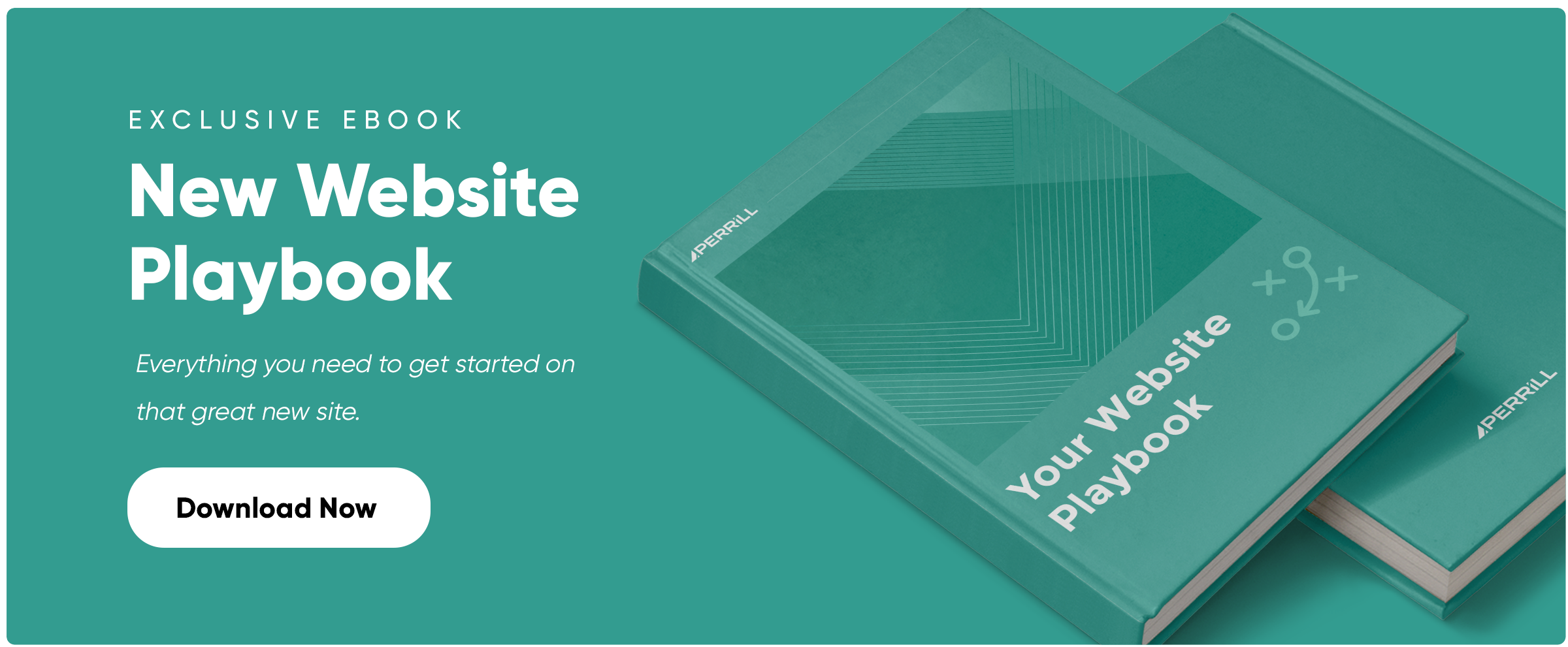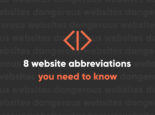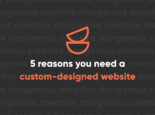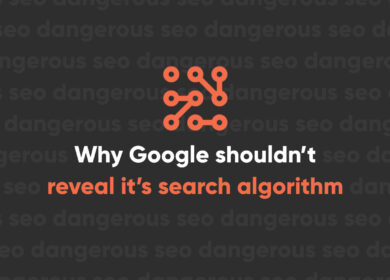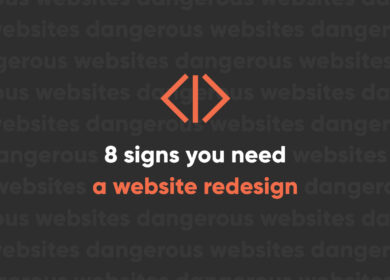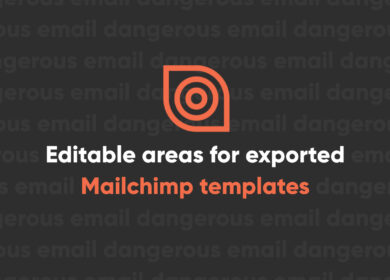
Website not converting? Here’s why.
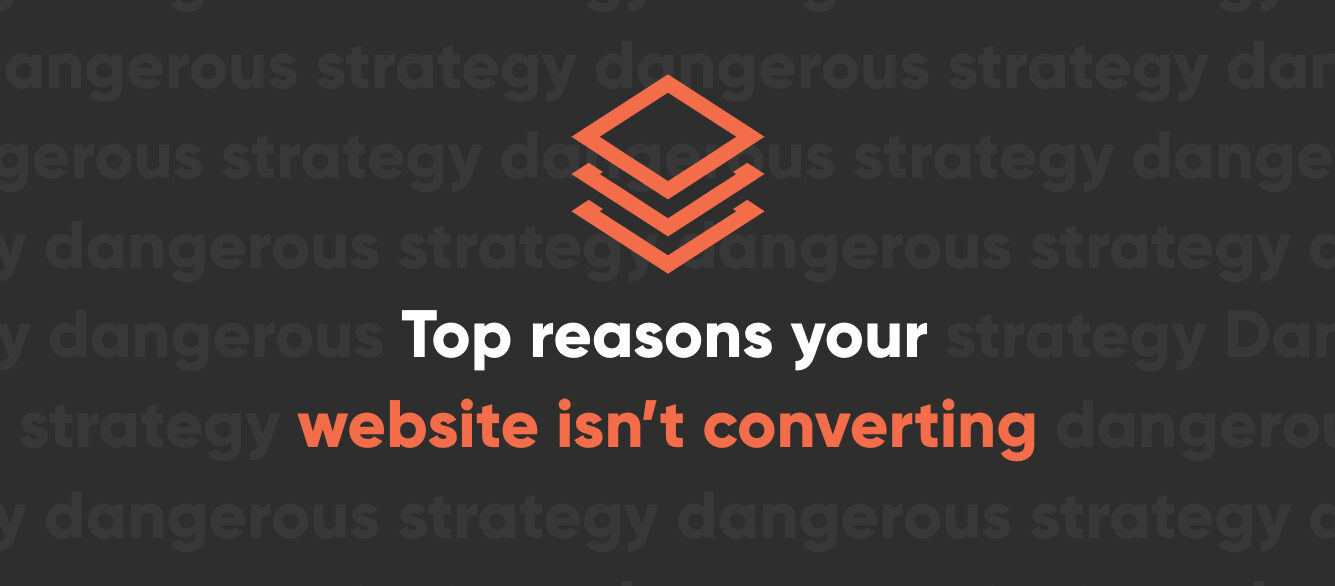
Of all the ways to measure success on your business’s website, conversion rate should be at the top of the list. This is a key indicator you need to be tracking to determine how well all the time and money you put into your site is translating into profit for you.
The term “conversion” might mean different things to different sites and it’s up to you to set your definition based on your goals and objectives. Whether it’s product purchases, quote requests, contact form submissions, newsletter sign-ups, or number of hours spent reading your privacy policy, if your site’s not producing conversions, it’s not doing its job. If you’ve been struggling with conversions, here are some key factors that could be contributing to that effect and need to be corrected ASAP.
Users don’t have enough chances to convert
It’s important to give your visitors ample opportunities to convert no matter where they are on your site. Placing calls-to-action, buttons, and other conversion opportunities throughout your site is a must. This is the most important aspect of your site and needs to be positioned prominently to attract users. This doesn’t mean inserting a SPEND MONEY button between every paragraph. Conversion opportunities need to be strategically placed with a balance of quantity and quality to keep from overwhelming users while also keeping conversion well within sight. And they should stand out so users know to click on them. Conversion points shouldn’t be design elements that look pretty on the page but ultimately blend in with the rest of the look and feel.
Users are annoyed
If users are quickly annoyed or turned off the second they visit your site, there’s a good chance they’ll leave. No one wants to be bombarded with neon colors and pop-ups that automatically play the song from Frozen. Well, almost no one. You need to analyze your bounce rate and the reasons users are leaving before they even have the chance to convert. If this is an issue, you should consider toning down your site’s content or imagery or reworking it so it more effectively targets and appeals to your target audience. That means you need to know exactly who your target audience is, which requires developing user personas and creating a brand messaging strategy to reach them.
You’re not displaying value
If users don’t see value in what you’re offering, they’re not going to convert. The term “value” could refer to the price and quality of your products or the balance of information requested versus service provided. If you’re hoping users will convert by signing up for a newsletter that requires contact information, they need to feel the newsletter will be worthwhile enough for them to provide name, email, phone number, or any other criteria included in your contact form. Would you take time to dish out your home address to an unfamiliar site if you felt the information received in return might be boring or not useful? Your content needs to display value and make users comfortable giving you this information and in the service they’ll receive in return. Similarly, if your product costs twice as much your competitor, you need to have content that clearly demonstrates what they are getting for twice the price. If the value isn’t obvious, users aren’t going to become customers.
You’re not targeting the right people
Diners that serve pizza, tacos, breakfast, burgers, and cocktails are in most cases pretty suspect. That’s because trying to please everyone usually ends up pleasing no one (unless you’re Amazon, but you probably aren’t). Your site needs to target your desired demographic and appeal to them before anyone else. If a user arrives to your site and feels a disconnect between their needs and most of the content or services offered, they’re going to leave. You can’t appeal to all ages and classes. Reaching your target demographic starts with knowing your market, your brand, and your unique value propositions.
You lack credibility
Authority is a key factor in achieving conversion. If users feel you’re not credible, you don’t know what you’re talking about, or your products are shoddy, they’ll be much less likely to convert. Chances are they’ll take their business elsewhere, to a competitor who conveys a much more reputable tone across their website. Establishing and maintaining credibility is accomplished through effective written content, custom design that serves your purpose, and a track record of doing good business. That last one is mostly on you, but an experienced web agency should be able to handle the other two. Having trust builders such as organizations, reviews, security, etc. can help your customers see your credibility without having to read too much into anything.
Conversion is all about user experience
Before your site’s visitors convert, they need to have a positive experience on your website. That is the overall rule of thumb. Adjusting your site to maximize conversion is a fluid process and needs to be analyzed and managed on an ongoing basis. If at any point you’re not satisfied with your site or what it’s accomplishing, it’s time to make a change.
Perrill is a full-service web design and development agency that specializes in helping business websites reach their full potential. Contact us today to start making the most of your conversion opportunities and to make your visitors experience the true value of working with you.

